How Gold is Tested? All You Need To Know
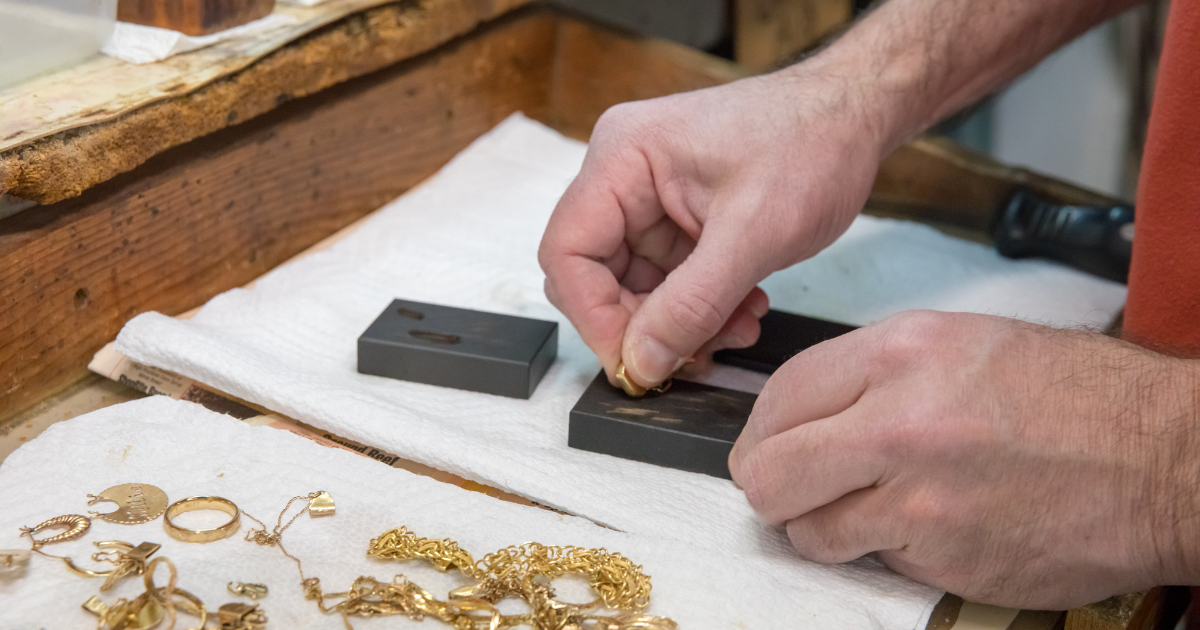
How gold is tested is an important question for both buyers and sellers of gold items. Understanding how to test gold, can help ensure one is purchasing real gold and not fakes or gold-plated metals. We will discuss the different ways that gold can be tested, both professionally and at home, as well as understand important factors like gold purity when testing.
Understanding Gold Purity Testing
The purity, or fineness, of gold is measured in karats. Pure gold is 24 karat while most jewelry is 14 karat or 18 karat depending on the amount of other metals mixed in. The higher the karat number, the more pure gold is present. Gold purity testing is necessary because gold alloys are frequently used in jewellery manufacturing for hardness and strength.
Knowing the karat tells you upfront the gold content percentage, whether it be 58.5% for 14k gold or 75% for 18k gold and so on. Testing purity helps verify the claimed gold content and weeds out fakes or alloys presented as more valuable pieces.
The Importance of Gold Testing
Testing the purity and authenticity of gold is extremely important for both buyers and sellers. For buyers, it provides assurance they are purchasing real gold and not fake gold-plated or gold-filled items. This ensures they receive good value for their money based on the actual gold content.
For gold sellers and dealers, purity and authenticity testing protect their reputation by verifying the claims made about products. It builds customer trust and satisfaction knowing pieces are accurately labelled. Professionals also need testing to issue appraisal certifications including insurance or resale value.
With so many potential uses and value placed on gold, verifying its properties through testing remains an important practice in the industry.
Professional Gold Testing Methods
Professional gold purity testing utilizes highly accurate laboratory techniques to verify authenticity and determine fineness levels down to thousandths of a karat. The most common professional methods used include X-ray fluorescence spectroscopy, Inductively Coupled Plasma Mass Spectrometry, and electronic precious metal testers.
X-Ray Fluorescence (XRF):
XRF analyzers work by exposing a sample to X-ray radiation which causes the elemental structure of the sample to emit fluorescent radiation back. A detector then analyzes the unique wavelengths in this returned radiation to identify the elemental composition percentages present.
For gold testing, XRF identifies the percentages of gold versus other metals in an alloy. It provides accurate results non-destructively without harming samples.
Inductively Coupled Plasma Mass Spectrometry (ICP-MS):
ICP-MS utilizes ionization from inductively coupled plasma to break samples down into ions which are then sorted by mass and detected. This allows the identification of traces of other metals in gold that may not be visible otherwise. ICP-MS testing is considered the most sensitive method for identifying minute contaminants or traces of other alloys in gold at levels down to one part per billion.
Electronic Gold Testers:
Portable electronic testers measure electrical conductivity variations to assess gold content levels. They provide on-the-spot tests for samples but are less accurate than laboratory techniques. Common electronic testers include XRF-based units and ones using Anodic Polarization techniques. While valuable for basic field tests, electronic testers require calibration and cannot replace more precise laboratory testing methods.
How To Test Gold at Home by Yourself?
While professional lab testing provides the highest accuracy, various simple physical tests can also be done at home to evaluate gold items. The following visual, magnetic, acid and specific gravity tests are commonly used to test gold purity for simple classifications like 10k, 14k, 18k, 22k without needing complex equipment. When done properly, they can indicate if a piece is plausibly solid gold or gold-plated.
Visual Inspection
Examining pieces under at least 10x magnification can reveal textures and consistency that suggest purity levels. Solid gold will have an identical colour with no lines or demarcations. Plated items may show different colours where plating stops. Scratches on plated pieces are more likely to reveal underlying metals, unlike solid gold which maintains its colour. Small hammer or prong scratches can evaluate this up close.
The Magnet Test
Taking advantage of gold’s non-magnetic properties, place jewellery on a flat surface and slide a magnet underneath. Solid gold will not be attracted to the magnet at all while plated pieces may stick or wiggle as the magnet tugs underneath. This basic test relies on magnet strength and depth of plating affecting magnetic attraction.
The Acid Test
Drops of dilute nitric or hydrochloric acid are applied and the reaction is watched. Pure gold will not react or change colour since it is acid-resistant. Lower purity gold may fizz, darken or discolour indicating other base metals. Plated pieces usually dissolve on the scrape or nick within 30 seconds since the protective plating separates from cheaper fill underneath.
The Float Test
Try placing unalloyed gold coins or rings into calibrated specific gravity sodium chloride solutions such as 20% salt water. Pure gold will float while lower karat items or fakes may sink in the liquid which has a density similar to 18K gold. This test relies on achieving precisely controlled solution densities.
Understanding the Karat System
The karat system is crucial for understanding gold purity levels in jewellery and other items. Karats indicate the parts per 24 that an item is gold, with 24 karat being pure gold and lower numbers mixed with other metals like silver or copper. For example, 14 karat gold is 14/24ths or approximately 58.5% pure gold.
Other common purity ratings include 18 karat at 75% gold and 10 karat at 41.7% gold content. The higher the karat number, the finer or softer the gold will be. Along with testing, knowing the karat can verify if a piece matches its stamped rating to avoid undisclosed inferior alloys masquerading at a higher karat. Understanding this system empowers buyers and sellers.
Final Words
In conclusion, accurate testing remains crucial for verifying the purity, authenticity and value of gold items. While simple physical tests can be done at home as an initial check, professional lab techniques provide definitive certification. Knowing both testing procedures large and small helps consumers and the industry evaluate gold confidence.
The methods covered test everything from identifying fakes to determining specific fineness levels. Authenticity assurance builds trust for buyers and sellers alike. With gold’s enduring popularity for investments, jewellery and industrial uses, testing maintains its important place ensuring value, monetary worth and safe transactions based on true metals content.
Categoriesss
Latest Posts
-

Digital Gold vs. Physical Gold: A Comprehensive Guide
March 1, 2024 -

How is Gold Mined in Australia: A Deep Dive into the Extraction Process
February 21, 2024 -
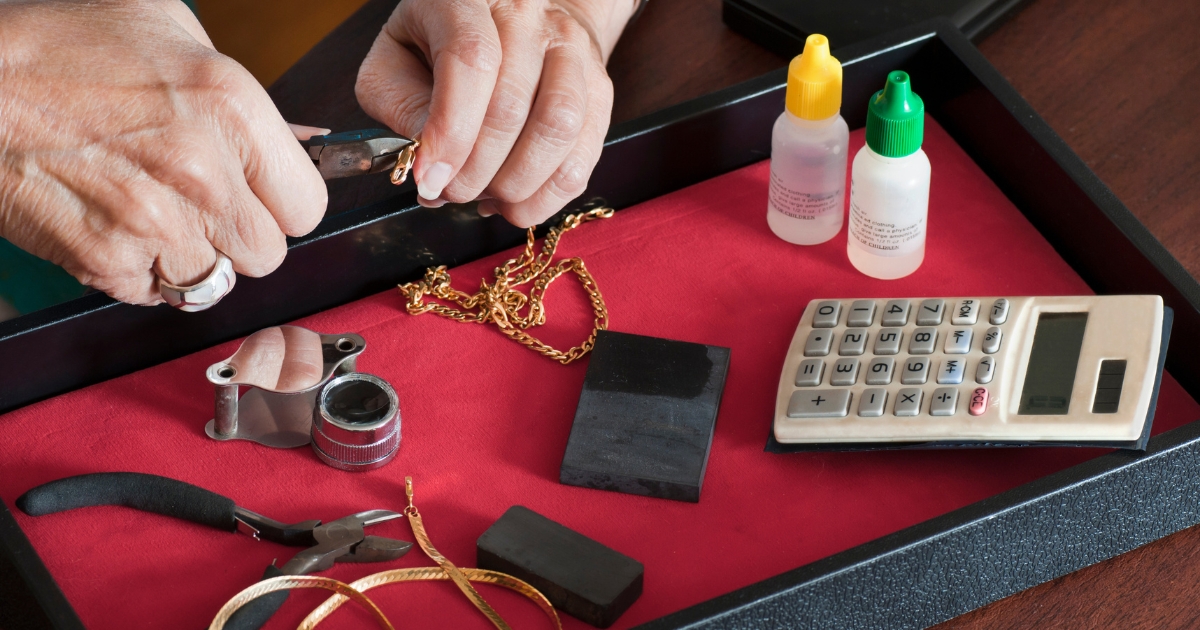
How To Get The Most Money For Your Gold Jewellery
February 15, 2024 -
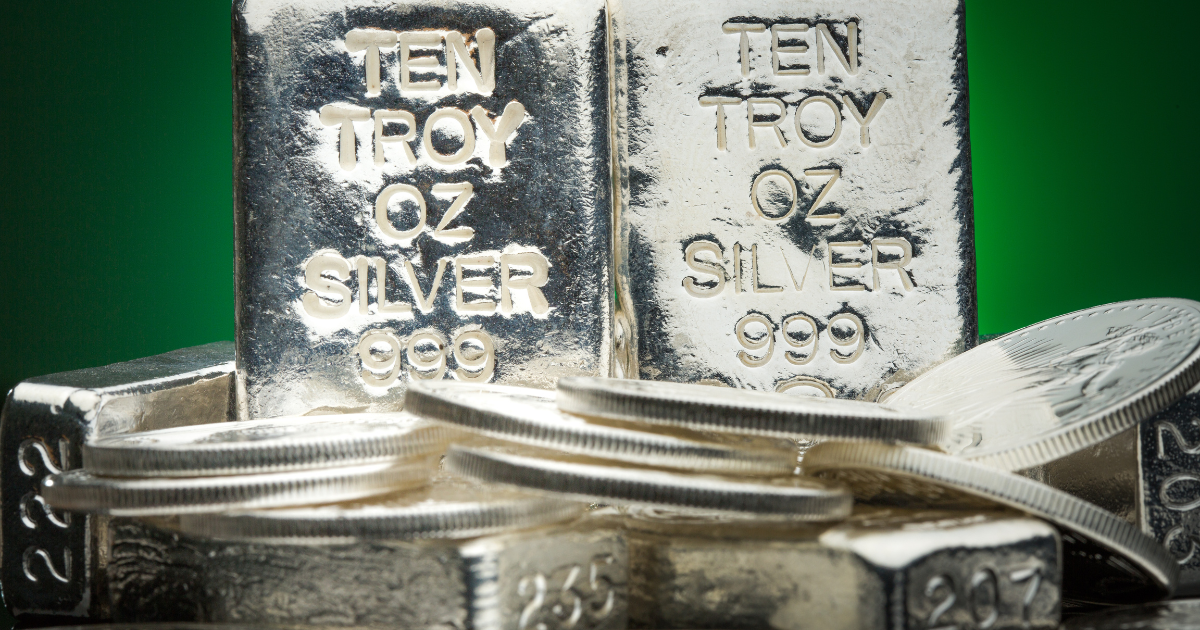
Beginner’s Guide on How To Sell Silver in Australia
February 7, 2024 -

How To Invest in Silver in Australia For 2024?
January 31, 2024 -

How Gold is Tested? All You Need To Know
January 25, 2024 -

Gold Bullion and SMSF – All You Need To Know
January 19, 2024 -

Cast Bars vs Minted Bars – Clear Comparison
January 10, 2024 -

What is Platinum?
January 2, 2024 -

How To Invest in Gold ETF
December 21, 2023 -

The Largest Gold Nuggets Ever Found
December 18, 2023 -

What is Digital Gold and How Does it Work?
December 13, 2023 -

Best Ways To Invest in Gold in Australia
December 7, 2023 -

How Much Gold is There in the World?
November 29, 2023 -

Where and How To Store Gold and Silver?
November 23, 2023 -

The Relationship Between Gold and Inflation Over the Australian History
November 16, 2023 -

How Does Gold Refining Work?
November 9, 2023 -

Gold Bars vs Gold Coins: What Should You Buy?
November 1, 2023 -

Know The Cheapest Way To Buy Gold
October 25, 2023 -
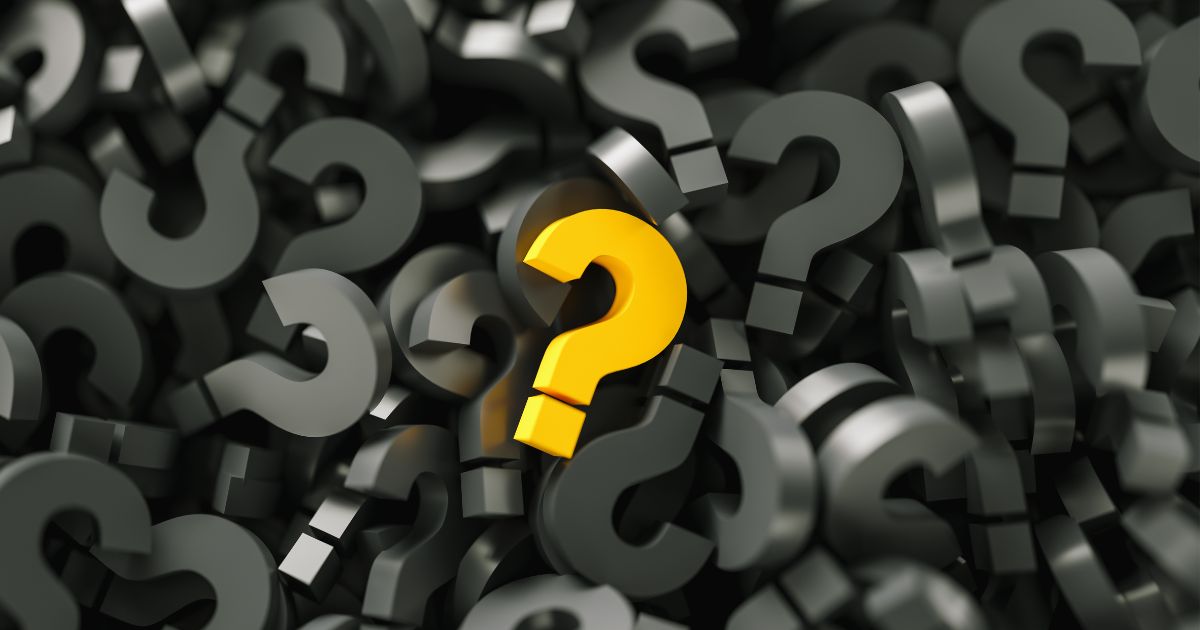
Why Invest in Gold? Top Reasons to Consider
October 18, 2023 -

How Much Gold Can You Buy Without Reporting in Australia?
October 15, 2023 -

The Best ASX Gold Stocks in Australia For 2023
October 9, 2023 -

Top 10 Australian Gold Mining Companies in 2023
October 5, 2023 -
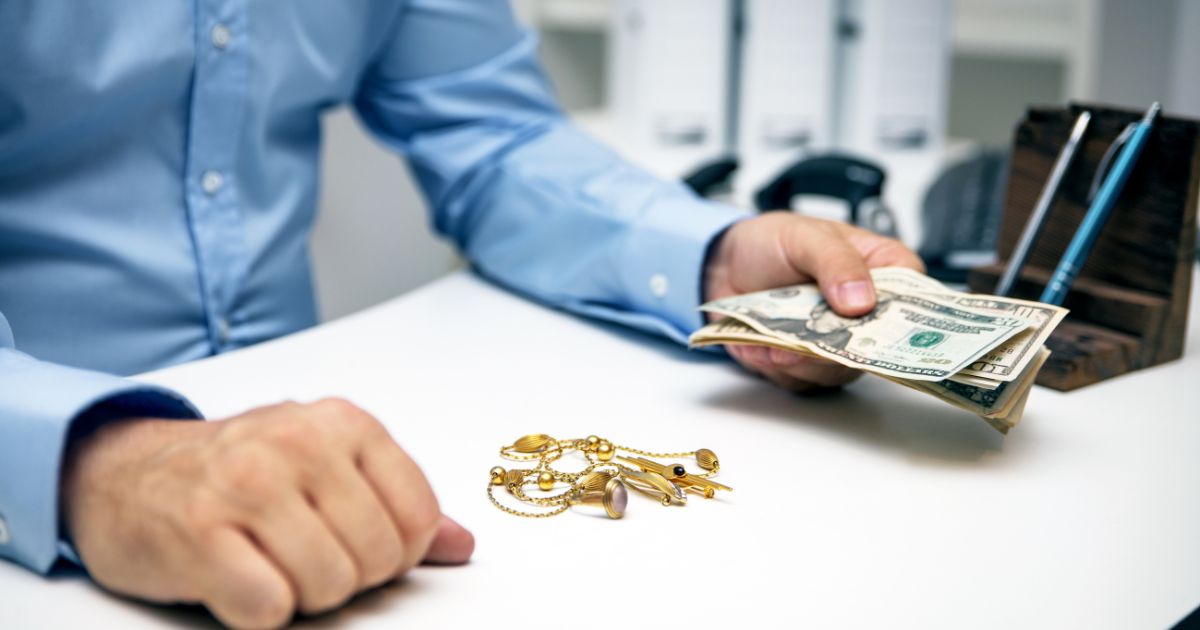
How to Sell Jewellery in Australia?
October 4, 2023